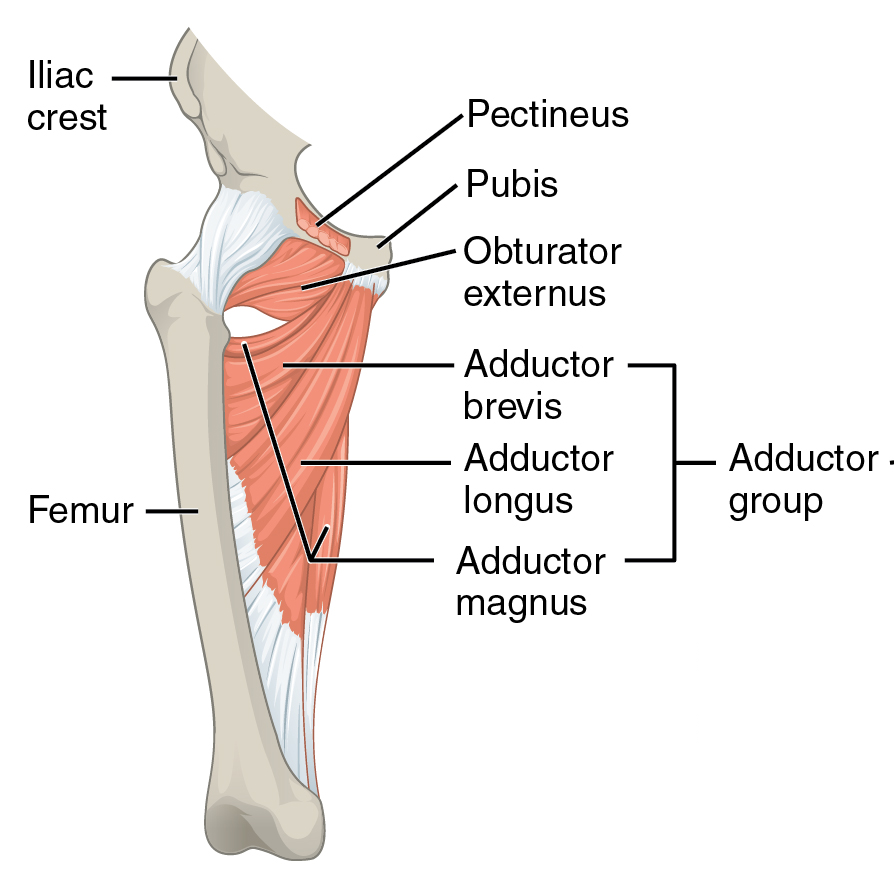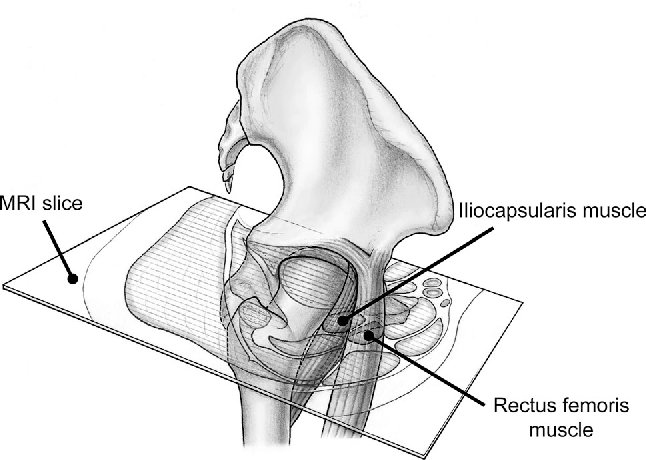The Adductor Magnus
Not just for adduction anymore....
 Ah yes... the adductor magnus. A commonly implicated muscle in hip dysfunction to include CAM lesions, femoroacetabular impingement, anterior femoral glide, as well as "hamstring insertional tendonitis" like symptoms (which would specifically be referring to the long head).
Ah yes... the adductor magnus. A commonly implicated muscle in hip dysfunction to include CAM lesions, femoroacetabular impingement, anterior femoral glide, as well as "hamstring insertional tendonitis" like symptoms (which would specifically be referring to the long head).
You will recall that the adductor magnus consists of . . .
Posted in: adductorclinical examdry needlingdry needling instructionexternalgaithiphip extensionhip flexormagnusneedlingpainrotationrotatorthightpdntrigger point dry needling coursestrigger point dry needling seminars
Iliocapsularis update
you know about this guy?
I have written before about one of my favorite muscles for dysfunctional hips, the iliocapsularis. See here and here to catch up.
 As you are probably (hopefully?) aware it has its proximal attachment at the anterior-inferior iliac spine and the anterior hip capsule (1), though it does not attach to the labrum (2). Its inserts . . .
As you are probably (hopefully?) aware it has its proximal attachment at the anterior-inferior iliac spine and the anterior hip capsule (1), though it does not attach to the labrum (2). Its inserts . . .
Posted in: capsularisdry needlingdry needling coursedry needling seminareducationilioiliocapsularisneedlingtpdntrigger point dry needling instruction
Toe Spacers?
Less pain through better mechanics?

I have been using toe separators (like "correct toes" ) for various foot problems like hallux valgus, hammer toes and flexor dominance/extensor weakness.
My reasoning is that through changing the angle of attachment of the muscle, you alter the mechanical advantage of that muscle and help it to work more efficiently. Think . . .
A QL screen for you...
As I have said in previous posts, though they can’t act independently I like to think to think of the QL as having two divisions. The lower division arises from the medial portion of the iliac crest and adjacent iliolumbar ligament and inserts onto the transverse processes of the lumbar vertebrae, in the coronal plane from . . .
Posted in: clinical testcoronalgaitlumborumplanequadrates lumborumquadratusquadratus lumborumscreenstabilizer
Things often work better in pairs...
The glutes and your....feet?
You may have heard me talk about how the lower kinetic chain is connected, how ankle rocker effects hip extension and how important hallux (great toe) extension is.
What can we conclude from this study?
- toe spreading exercises are important for reducing navicular drop (and thus mid foot pronation, at least . . .
Posted in: ankle rockerbrevisdorsiflexiondysfunctionextensorextensor digitorum longusextensor hallucis brevisflexorflexor digitorum longusgluteus maximusgluteus mediusgluteus minimushallicishallucishamstringhiphip extensorhip flexoriliacusintrinsicsit bandpsoasrehab
Reverse Engineering
A Case for “Reverse Engineering”
You have often heard me say in my classes: “think of muscle function from a closed kinetic chain perspective”. In other words, the muscle (in the case of gait) working from the foot (or ground) up. Here is a study exemplifying this with the tibialis anterior and peroneus . . .
Posted in: dysfunctionengineeringfunctiongaitgait cyclemuscleperoneusperoneus brevisperoneus longusreverse
What attaches to that hip capsule, anyway?
I was trying to figure to which muscles attached to the labrum of the hip, as I see many folks where theres has gone south. I had always wondered if the iliopsoas attached, since many people with labral pathology have hip flexor dysfunction, where they use their psoas and iliacus as hip flexion initiators (or sometimes the rectus femoris, TFL . . .
Posted in: capsulegaitgluteus minimushiphip extensorhip flexoriliacusiliocapsularislabrumobturator externuspsoas
Cover image credit: http://wallpapershacker.com/skulls_sketches_skeletons_spine_drawings_hd-wallpaper-1015286/
